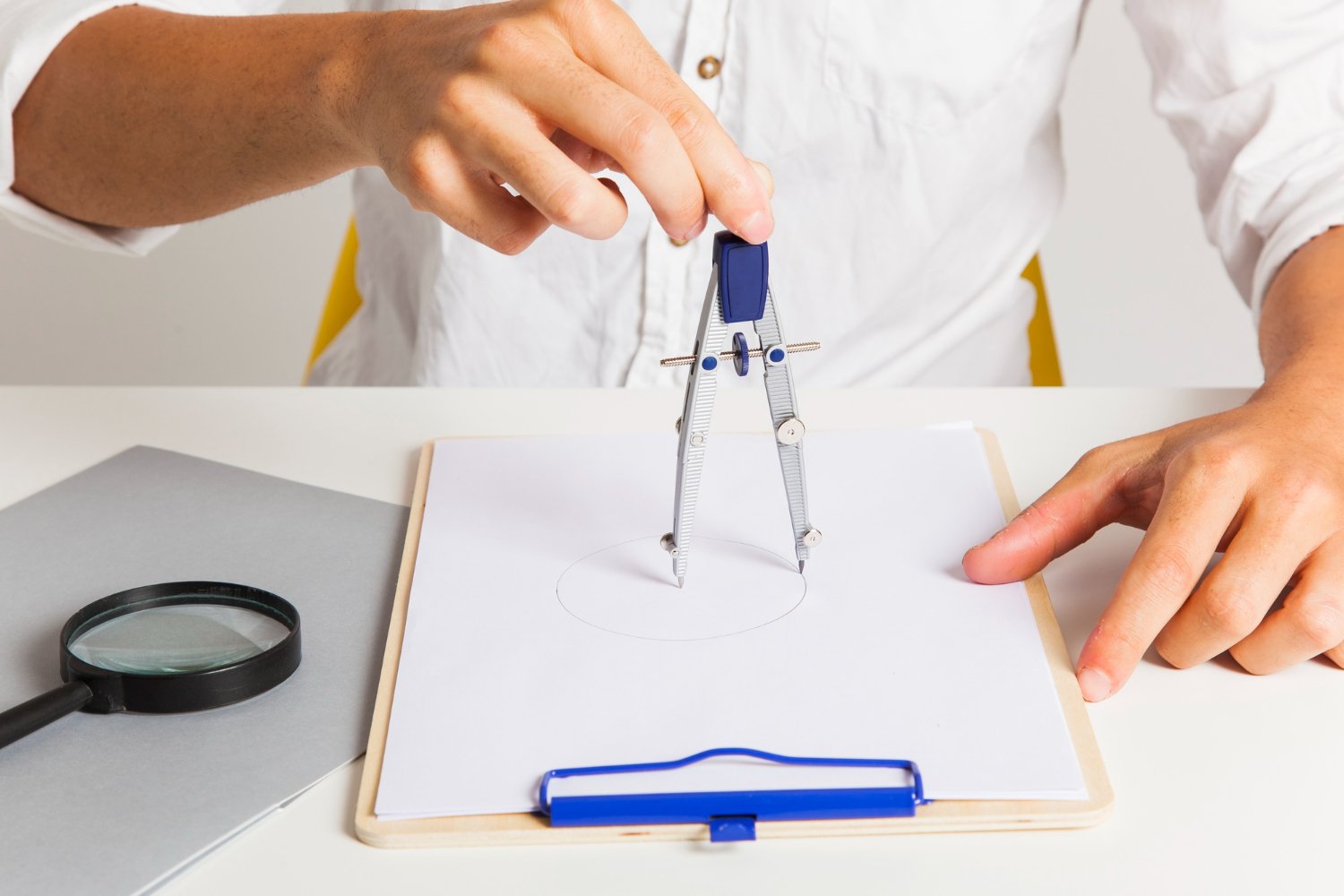Introduction
ISO 8735 – 5×20 – A-C1 entl. is a standardized parallel pin with internal threading used in engineering and industrial applications. These precision pins play a critical role in machine assembly, alignment, and fastening.
Commonly referred to as ISO 8735 hardened parallel pin 5×20, these pins are designed for high-strength applications. Engineers rely on ISO 8735 dowel pin with internal thread 5×20 for accurate positioning and structural support. This article explores the significance, applications, and benefits of these precision-engineered components.
What is ISO 8735 – 5×20 – A-C1 Entl.?
ISO 8735 is an international standard for parallel pins with internal threading. These pins, such as the ISO 8735 stainless steel cylindrical pin 5×20, provide reliable fastening and alignment solutions in mechanical assemblies.
The designation “5×20” refers to the pin’s 5mm diameter and 20mm length, ensuring a precise fit. The A-C1 classification indicates the material type, typically hardened steel or stainless steel, for durability. The term “entl.” suggests a vent or relief feature to improve installation.
ISO 8735 Hardened Parallel Pin 5×20: Material and Construction
The ISO 8735 Type A precision pin 5×20 is made from high-strength materials like hardened steel and martensitic stainless steel. These materials offer:
- High wear resistance – Ensuring long-lasting performance.
- Corrosion resistance – Ideal for demanding industrial environments.
- Dimensional accuracy – Maintaining alignment in precision machinery.
These properties make ISO 8735 metric locating pin 5×20 a preferred choice in engineering applications.
Applications of ISO 8735 Parallel Pin C1 Stainless Steel 5×20
These pins are widely used in various industries, including:
- Automotive Manufacturing – Securing components in engines and transmissions.
- Aerospace Engineering – Providing precision alignment in aircraft structures.
- Industrial Machinery – Used in heavy-duty machines for structural stability.
- Construction Equipment – Strengthening mechanical joints in large structures.
- Medical Device Assembly – Ensuring accuracy in high-precision instruments.
The ISO 8735 hardened steel dowel pin 5×20 enhances the durability of these applications.
Advantages of ISO 8735 Dowel Pin with Internal Thread 5×20
The ISO 8735 engineering pin with vent 5×20 provides numerous benefits, such as:
- Easy installation – Internal threading allows for secure fastening.
- Reduced misalignment – Precision dimensions ensure proper fitment.
- Enhanced load-bearing capacity – Withstands mechanical stress and heavy loads.
- Reusability – Can be removed and reinstalled without damage.
These features make the ISO 8735 precision positioning pin 5×20 ideal for structural reinforcement.
How ISO 8735 Precision Positioning Pin 5×20 Works
These pins function as mechanical fasteners, securing two or more components together. Engineers insert them into pre-drilled holes, allowing for:
- Precise alignment of parts – Ensuring mechanical accuracy.
- Load distribution – Spreading force evenly across connected parts.
- Prevention of lateral movement – Holding components firmly in place.
This makes the ISO 8735 industrial fastening pin 5×20 essential in high-performance applications.
ISO 8735 Engineering Pin with Vent 5×20: Installation Process
Proper installation of ISO 8735 dowel pin with internal thread 5×20 follows these steps:
- Drill an accurately sized hole – Matching the pin’s dimensions.
- Insert the pin – Using a mallet or press for a secure fit.
- Thread fasteners if required – Ensuring stability.
- Check alignment – Ensuring correct positioning.
The ISO 8735 precision positioning pin 5×20 ensures seamless assembly in industrial applications.
Comparing ISO 8735 Industrial Fastening Pin 5×20 with Other Pins
The ISO 8735 parallel pin C1 stainless steel 5×20 differs from regular dowel pins due to its internal threading and hardened material. Unlike standard pins, ISO 8735 pins:
- Offer higher load resistance – Designed for structural stability.
- Include venting features – Prevents air compression in blind holes.
- Provide precision fit – Ensuring accuracy in mechanical systems.
These advantages make the ISO 8735 Type A precision pin 5×20 superior to conventional alternatives.
ISO 8735 Metric Locating Pin 5×20: Maintenance and Longevity
To extend the lifespan of an ISO 8735 stainless steel cylindrical pin 5×20, follow these maintenance tips:
- Regular inspection – Check for wear or deformation.
- Proper lubrication – Reduce friction and corrosion.
- Correct handling – Avoid excessive force during installation.
With proper care, the ISO 8735 hardened steel dowel pin 5×20 can last for years in demanding applications.
Conclusion
ISO 8735 – 5×20 – A-C1 entl. is a crucial component in precision engineering. Its high-strength construction, accurate dimensions, and versatile applications make it indispensable in industries requiring secure alignment and fastening.
Whether in automotive, aerospace, or industrial machinery, the ISO 8735 hardened parallel pin 5×20 plays a vital role in structural integrity. Choosing the right precision pin ensures durability, reliability, and efficiency in mechanical assemblies.
FAQs
1. What is the purpose of ISO 8735 – 5×20 – A-C1 entl.?
It is a precision-engineered parallel pin used for alignment, fastening, and securing components in mechanical assemblies.
2. How is the ISO 8735 dowel pin with internal thread 5×20 different from standard dowel pins?
It features internal threading, hardened materials, and precise tolerance, making it more reliable for industrial applications.
3. What materials are used in ISO 8735 stainless steel cylindrical pin 5×20?
Common materials include hardened steel and martensitic stainless steel for high durability and corrosion resistance.
4. Where is the ISO 8735 Type A precision pin 5×20 commonly used?
It is used in automotive manufacturing, aerospace engineering, construction equipment, and medical devices for accurate positioning and structural stability.
5. How do I install an ISO 8735 precision positioning pin 5×20?
Drill an accurately sized hole, insert the pin, and use threading if needed to secure components effectively.

